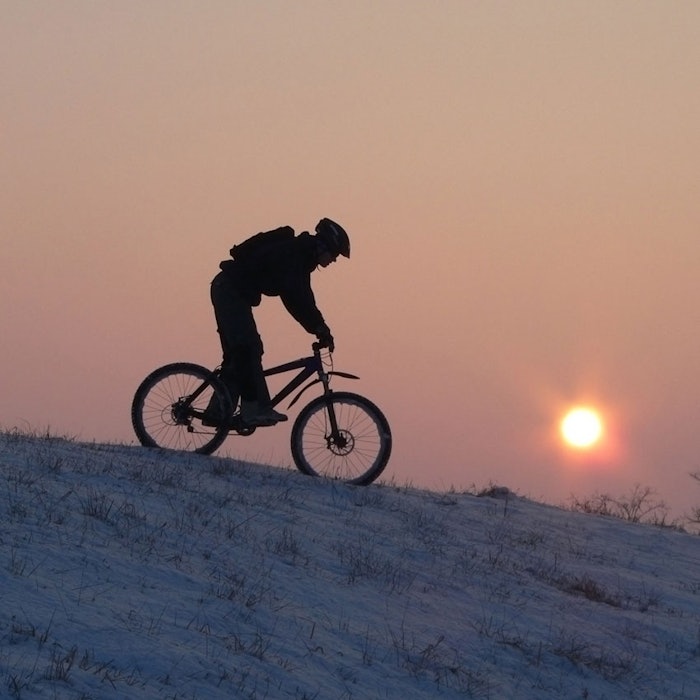
Although many people protect their skin when outdoors during the summer, it is equally as important to protect skin in the winter, due to its own set of skin agressors. In addition to frostbite, winter skin care face windburn, sunburn, blistering, dryness, irritation and chapping.
The DermatologistsOnCall Blog as well as John Marshall, M.D., chair of emergency medicine at Maimonides Medical Center, share how to avoid some of these hazards and keep skin healthy during the colder months. Use these tips and share them with clients to ensure beautiful skin all winter long.
Layer Up, Avoid Frostbite
Dressing warmly not only retains body heat, but also minimizes the effects of cold winds striking skin. Hands and feet are at greater risk of frostbite, which is caused when the skin and sometimes the tissue beneath the skin freezes from prolonged exposure to cold temperatures.
“There are clear dangers to being outside in the cold,” said Marshall. “It’s best to limit outdoor activity as much as possible during the coldest weather. Prolonged exposure can lead to frostbite and hypothermia. Both of these conditions can become serious, and even life-threatening if untreated.”
Being protected properly with layers is key and the best way to avoid damage to skin. Even shoveling for too long can cause frostbite if skin is not completely protected.
The best way to layer up is dressing in loose layers; wearing multiple pairs of socks; covering the head and wrapping a scarf over the mouth; wearing insulated gloves; and wearing proper boots.
- Frostbite can occur in temperatures such as -6°F in as little as 22 minutes, even with calm winds.
- Based on the time outside and how frozen the tissue gets, frostbite can leave severe to permanent damage.
- Frostbite starts with stinging or tingling and can progress to redness to discoloration and pain to numbness in the skin with face, fingers, toes and then muscles and other tissues being the most vulnerable.
Sunburns vs. Windburns
A common misconception when outdoors during colder months is mistaking rosy cheeks for a windburn if the redness does not subside in less than one hour.
While clients may not know this, the pink in the face is actually sunburn from prolonged exposure in the sun’s rays, despite a cloudy sky on some days.
- Any skin not covered by clothing should be covered with a broad-spectrum sunscreen protecting against UVA and UVB rays and applied 15 minutes prior to going outdoors.
- Remember to protect lips too! Lip balm or lipstick containing SPF 30 or higher is recommended.
“Re-apply sunscreen about every two hours while outdoors, even in the winter months," said Mark Seraly, M.D., board-certified dermatologist and founder and chief medical officer of Iagnosis, Inc. "Sunscreens work, and work well, but they require reapplication to maximize their effectiveness and prevent ultraviolet light injury to the skin.”
Steer Clear of Blisters, Sister
The best way to avoid blisters is to dress properly and wisely. Keep your clients in the know of what is appropriate to wear and what they should reconsider wearing, especially if they are outside for long periods of time.
- Blisters are caused by too much friction against warm, moist skin.
- Be sure there is enough room between protective clothing layers.
- Avoid wearing uncomfortable boots or poor-fitting rental boots for winter sports.
“If a blister forms, leave it intact and keep it covered with a bandage," said Seraly. "It will heal naturally. If the blister ruptures, then wash it twice daily, apply a topical emollient-based healing ointment, such as Aquaphor or Polysporin triple antibiotic ointment, and cover with a bandage. Covered blisters heal better and quicker than uncovered ruptured blisters.”
Source: The Jewish Voice and DermatologistOnCall Blog










